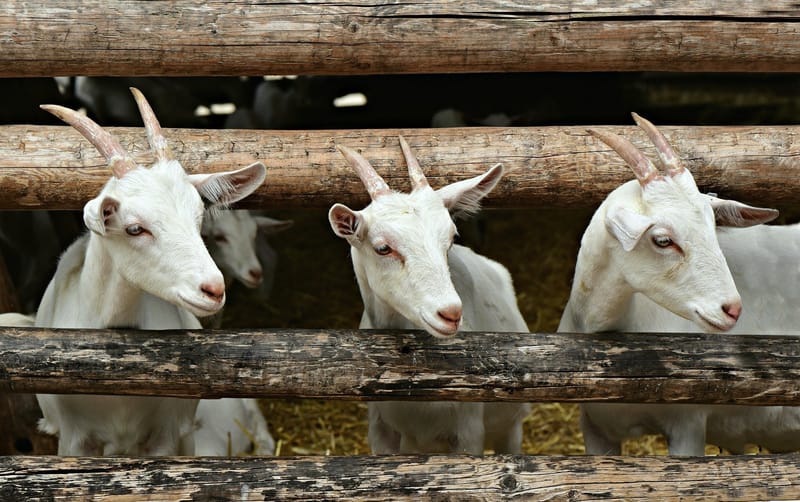Livestock and Poultry Farming

Goals
To make available unused labour hours from the unemployed individuals who are willing to join the Mutual Aid Group that focuses on livestock production as livestock farmers with a view to increasing livestock production, reducing food insecurity, promoting self-employment, and increasing personal and financial security. Furthermore, the livestock and poultry farming effort will focus on helping individuals and families raise livestock and poultry at home.
Overview
- This Mutual Aid Group consists of livestock farmers who will work with different kinds of local livestock animals. They join Farmers Field Schools when these are available in their Communal Section. They use their own tools and their own transportation means. They can be assigned to work with any organization operating in the communal section (e.g., agricultural extension agents, field coordinators, non-governmental, private and public organizations, regional, departmental and communal offices, etc.). They receive a monthly participation incentive and weekly training. They are supervised by a Mutual Aid Group Facilitator. The Mutual Aid Group Facilitators are trained to conduct groups and keep records. They may be veterinary officers. A Communal Section may have more than one Mutual Aid Group with a focus on livestock farming.
- The livestock farmers who received 20 hours of work per week from a member of the Mutual Aid Group, in return, provide 20 hours of work to this member. They also join Farmers Field Schools when these are available in the communal section.
Job Description
- Livestock farmers breed and raise a wide variety of farm animals.
- They lead the flock to pasture in the morning and return them to the corral at night, where they are milked.
- They sell goat milk to interested buyers in the community.
- They buy corn, grains, and hays for the animals.
- They feed the animals that do not graze corn and other grains.
- They keep them in buildings that house, with a capacity between ten and twenty or more.
- In good weather, they keep them in an outdoor pen.
- Some livestock farmers grow the hay and grain needed to feed their animals.
- They provide supplemental feedings of minerals or other nutrients.
- They protect the livestock against disease and predators.
- They ensure that the animals are vaccinated or washed and then bathed in insecticide.
- Livestock farmers assist in the delivery of newborn animals.
- They brand the animals for the grade or type of animal or for ownership.
- They help construct animal houses and shelters and lead the animals to shelter or safe places in periods of natural disasters.
- They tend each other's flock.
- They teach individuals and families how to raise livestock and poultry at home.